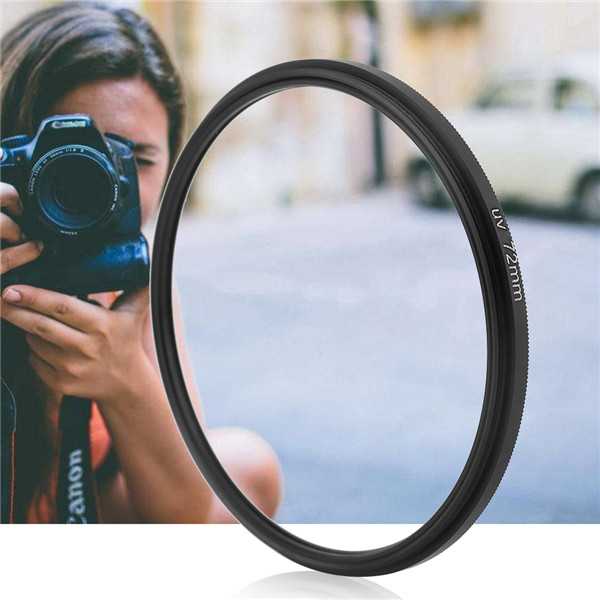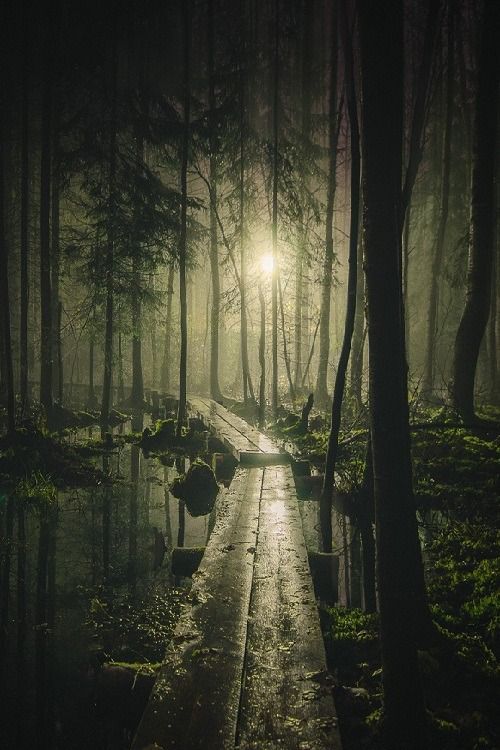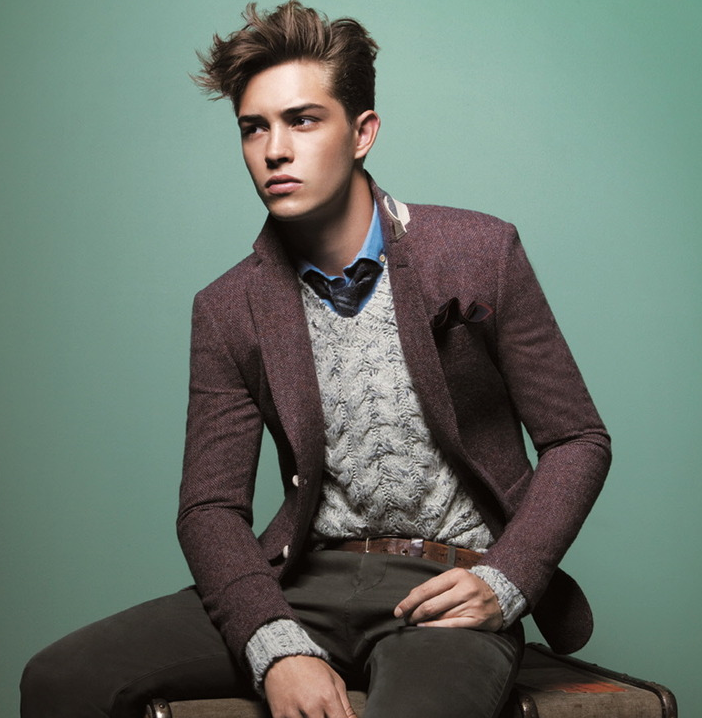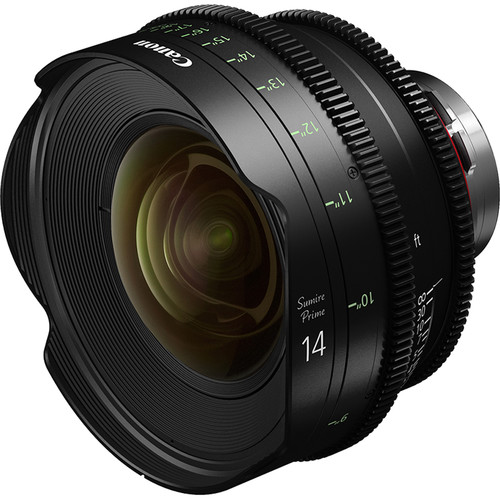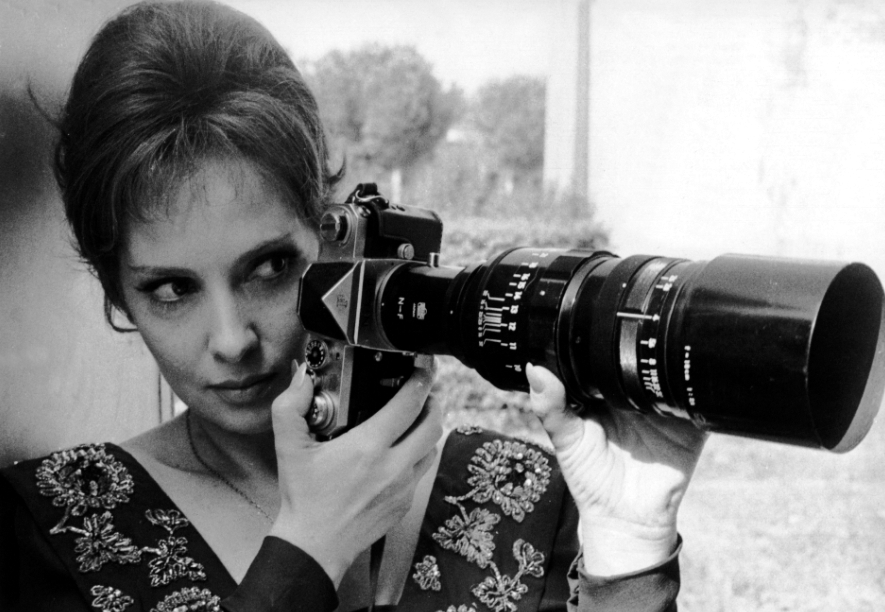Uv light camera
UV Cameras
You can jump to our UV Camera section of our online store by clicking here.
New - Small, Low Cost USB 2.0 camera compatible with PC, Mac, Linux, Android and Wince.
Comparison of stock RGB camera versus monochrome UV-Only camera and UV-Only flash. Half of face has sunscreen.
Equipment Setup
- Canon 6D modified for monochrome UV-VIS-IR
- Canon 18-55 EFS camera lens
- Canon 580EX-RT flash modified for UV-Only
- XNite330C 58mm Diameter UV short pass filter
- XNiteBP1 58mm Diameter IR blocking / UV pass filter
You can view these items in our webstore by clicking on the links above.
Comparison of a RGB sensor with a UV shortpass and IR blocking filter versus normal RGB. camera. A monochrome UV-Only camera will be about 6x more sensitive to light compared to a RGB monochrome sensor. For shooting UV pictures in sunlight, you should use both the XNite330C and XNiteBP1 filter stacked together. Stacking both filters together substantially eliminates IR leakage.l
Using our proprietary technique for removing the Color Filter Array (CFA) or Bayer Array from the surface of a camera sensor and by utilizing a special coated UV filter, we have created the world's first UV-Only digital SLR without the UV-blocking CFA. LDP is the only company in the world with the ability to remove the CFA from a camera sensor with near perfect, edge to edge precision.
By removing the CFA, the UV sensitivity is increased by a factor of 6x and resolution is increased dramatically. Since the SLR camera can also take HD video, you can use the monochrome camera for both high resolution UV pictures and 1080P HD UV video. Previously, the typical method for capture UV video was using something like the Sony XC-EU50 C-Mount video camera which only outputs at standard definition.
UV Landscape Picture
The LDP LLC monochrome UV-Only cameras make it possible to quickly scan an area for UV information using the Live View feature on the LCD camera display, see through the lens normally, take high resolution UV pictures and take UV HD video all in one convenient unit priced at much less than other UV cameras.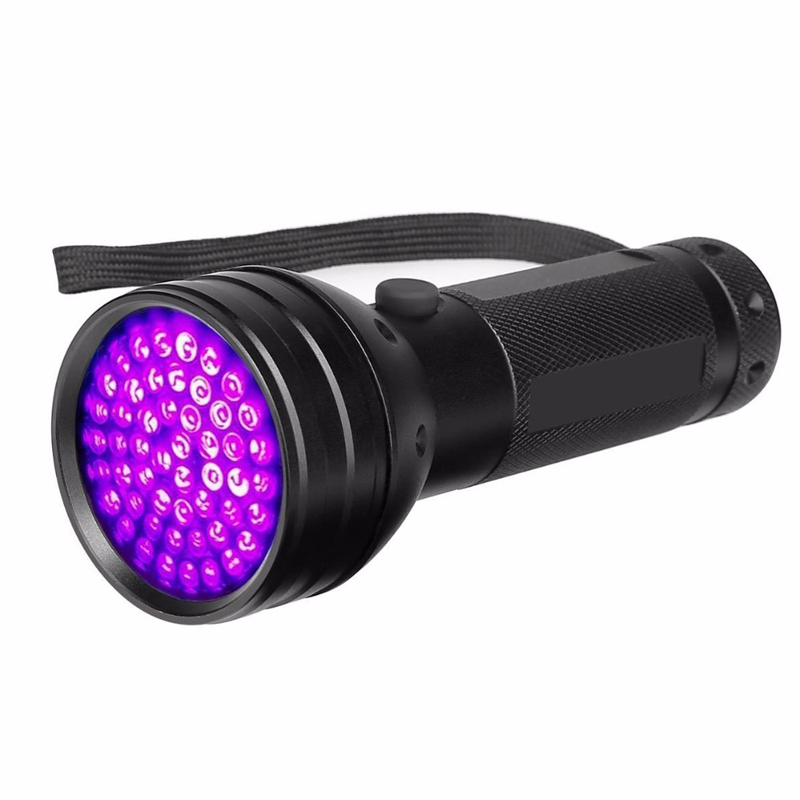
Applications include:
- Forensics
- Art Conservation
- Security Applications
- Surface Inspection
- UV Photolithography
- Dentistry
- Pathology
- Dermatology
- UV laser and diode visualization and profiling
Click Here for our current UV-Only Cameras
UV picture of the sun using a monochrome camera. Composite using 3 different filters and then color mapping the filters. To learn more about the technique used, click here.
One of our customers, Thomas Leveritt, created this video using one of our monochrome cameras. The video went viral on Youtube with over 15 million views and was picked up by major media outlets worldwide. The video was shot in a New York city park using a combination of a stock and modified Canon cameras and stock lenses. Most stock lenses can pass UV to about 360nm. A specially designed lens that can see in the UV, such as some Jenoptik lenses, offer even higher performance.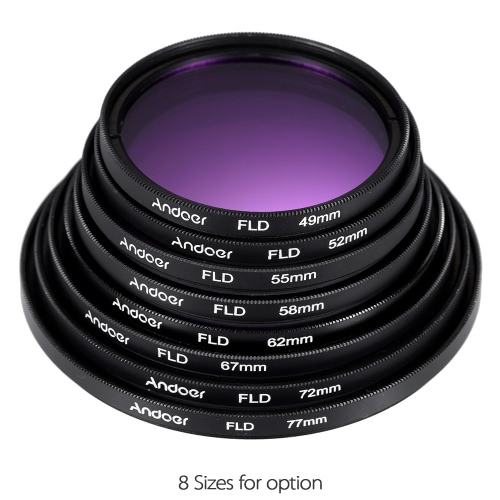 If you are looking for an indoor system to test for skin damage, please see our UV Explorer which is a complete system including a USB UV-Only monochrome camera, UV illuminator and computer software for viewing and saving images.
If you are looking for an indoor system to test for skin damage, please see our UV Explorer which is a complete system including a USB UV-Only monochrome camera, UV illuminator and computer software for viewing and saving images.
What UV Cameras Are and How They Work
How do UV cameras actually take pictures? Let's find out.
michel candel/Flickr
Have you ever wondered how UV cameras work? Perhaps you have never heard of the technique and would like to know more?
Then read on to find out.
RELATED: WHAT'S THE DEAL WITH SPACE TELESCOPES?
What is a UV camera?
In short, a UV camera is a device specially designed to record images in the ultraviolet part of the electromagnetic spectrum. This part of the EM spectrum is invisible to our eyes, so any renderings of captured images are digitally converted into colors we can see.
Such specialized photography is usually used for a number of scientific, medical, or artistic purposes.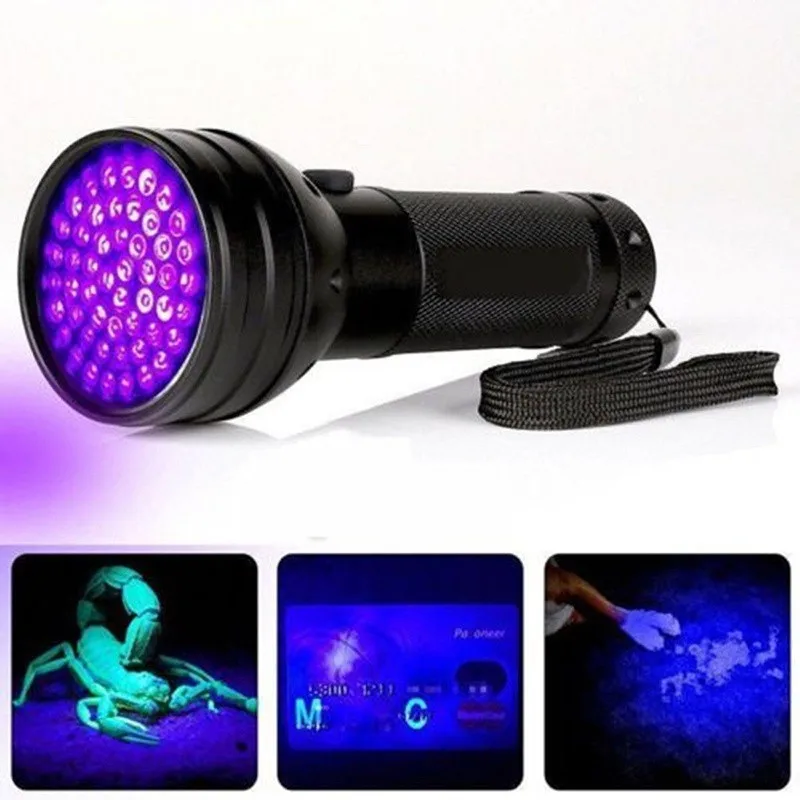 UV photographs can also reveal the deterioration of artworks or structures not observable using visible light.
UV photographs can also reveal the deterioration of artworks or structures not observable using visible light.
UV cameras can also be employed as diagnostic medical devices to check for things like skin disorders or to look for evidence of injury.
A photograph with Ultraviolet (335-365nm) mapped to the blue channel, visible to the green channel (500-600nm), and infrared to the red channel (720-850nm). Source: Spigget/Wikimedia CommonsIn nature, some animals, especially insects, use UV wavelengths to actually see the world. For this reason, UV cameras can be used to investigate the "invisible" markings on many plants used to attract insects.
UV photography is also particularly useful at archaeological sites, where it can reveal artifacts or traffic patterns not otherwise obvious. The technique is also commonly used in forensic sciences and has been admissible as evidence in court since the 1930s.
Similar to medical diagnosis applications, UV can be used to reveal bruises, scars, and other evidence of healing on a person's skin that might not be obvious under visible light.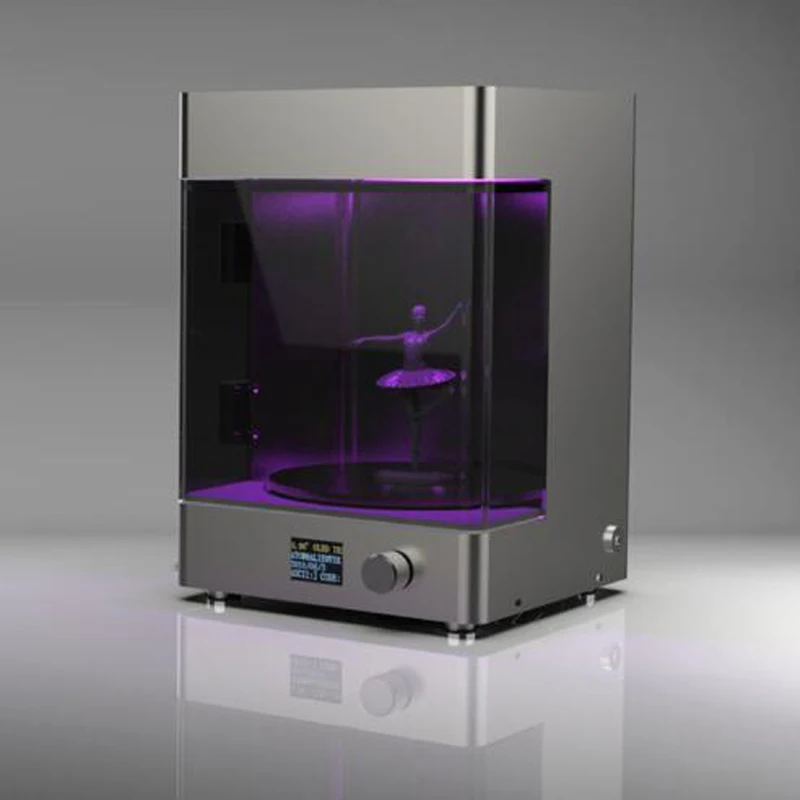
It can also be used to photograph evidence of certain bodily fluids like seminal fluid, saliva, and urine on various surfaces. As a side note, UV light cannot, contrary to popular belief, be used to find bloodstains.
Interestingly, it was recently announced that the world's fastest UV camera has been developed at the Institut national de la recherche scientifique (INRS) in Canada. This device is able to record UV photons in real-time.
The fastest UV camera in the west. Source: scitechdailyCalled UV-CUP, it uses a technique called compressed ultrafast photography (CUP). It can not only capture photos rapidly but also offers an unparalleled resolution in just one click.
"With the innovations in both hardware and software, UV-CUP has an imaging speed of 0.5 trillion frames per second. It produces videos with 1500 frames in large format." - scitechdaily.
Most Popular
Not only that, but the spatial and temporal information is first compressed into an image and then, using a reconstruction algorithm, it is converted into a video.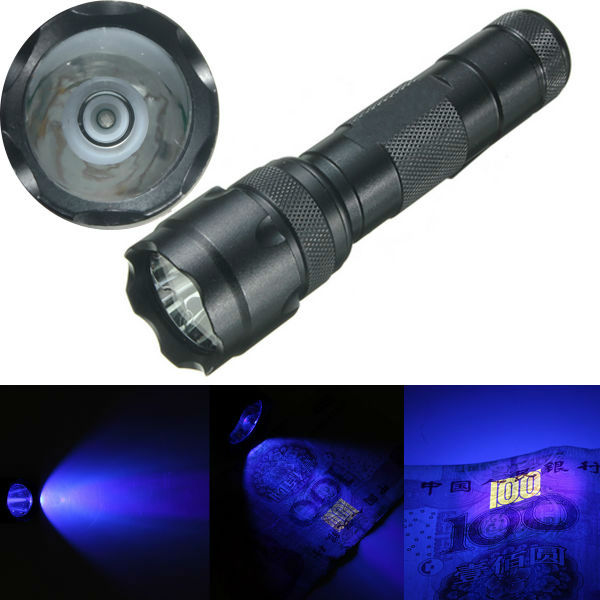 This technique was originally limited to visible and near-IR wavelengths only.
This technique was originally limited to visible and near-IR wavelengths only.
How does a UV camera work?
As previously mentioned, UV cameras are able to capture images using EM radiation outside of the visible spectrum of light -- namely the UV part of it. This tends to be between wavelengths of 320 to 400 nm.
For reference, visible light ranges from around 380 nm (violet) to around 750 nm (red). Typically, the human eye can perceive ranges between 380 and 700/720 nm, which unsurprisingly, is why we call it "visible light".
In order to adapt a camera to be able to process ultraviolet pictures, there are several ways this can be done.
The EM spectrum. Source: Inductiveload/Wikimedia CommonsThe first concerns analog or classic, film-type cameras. Here, special filters can be used to allows UV light to expose the camera's film. So long as the camera's lenses are not coated for UV protection, that is.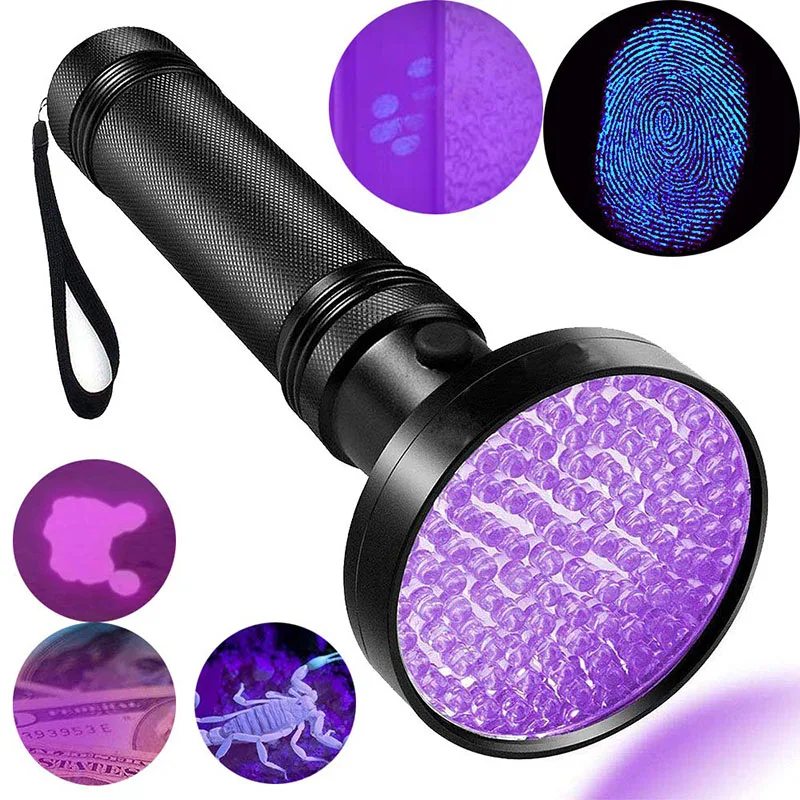
Digital cameras are a different story. In order for digital cameras to process UV light, the camera first needs to be converted.
Called full-spectrum conversion, this technique requires the digital camera's IR filter to be replaced with clear glass. This technique is very useful for many areas of photography, including astrophotography, as well as improving the tonal range in black and white photography.
When taking photographs using UV light, there are two main ways to do so:
- Reflected UV photography
- UV induced fluorescence
Reflected UV photography involves illuminating a subject directly with UC emitting lamps, or by using strong natural sunlight. A special transmitting filter is usually placed in front of the camera's lens which allows UV light to pass through while absorbing, or blocking out visible and infrared light.
Example of a portrait picture captured using UV light. Source: Spigget/Wikimedia CommonsSome common cameras used for this technique include, but are not limited to, the Nikon D70 DLSR.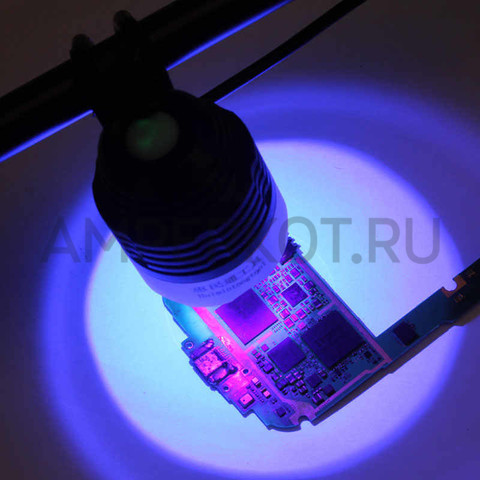 the Nikon D40 DLSR and the Fujifilm FinePix IS Pro DSLR. The former two can perform this function unmodified, while the latter requires the internal UV and IR filters removed first (called a full spectrum conversion).
the Nikon D40 DLSR and the Fujifilm FinePix IS Pro DSLR. The former two can perform this function unmodified, while the latter requires the internal UV and IR filters removed first (called a full spectrum conversion).
UV induced fluorescence photography uses the same UB illumination as reflect UV photography except that a glass barrier filter is typically applied on the lens to absorb or block UV light to enable visible radiation to pass through.
Images are created when UV light is absorbed by the subject matter, loses some energy, and is re-emitted (reflected) as longer, lower energy wavelengths of visible light.
How do you take UV photos?
While it might sound complex, taking UV pictures is a pretty simple affair in reality. You just need the right kit, as previously mentioned.
The first thing to decide upon is whether you are going to use analog or digital cameras. Both have their pros and cons but will require different camera setups to achieve the end results.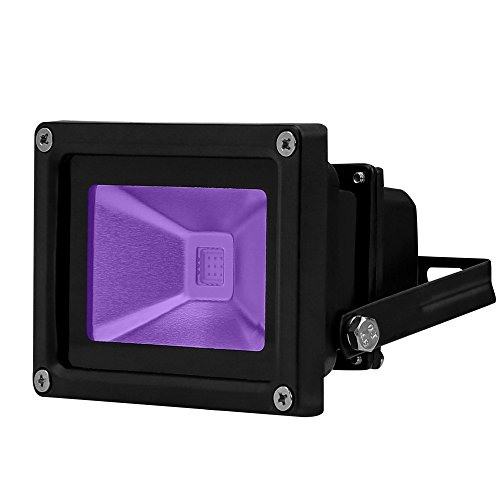
Digital cameras, for example, enable you to use Live View to compose and frame your shot before taking the picture.
They can also help make focussing easier and stop you from potentially damaging your eyes, too -- but beware of using the camera's viewfinder with a UV-transmitting bandpass filter.
Source: Peter Shanks/FlickrFor analog cameras, UV images need to be captured slightly differently. First, you will need to compose and focus the shot without a filter, then place the filter back in when you have your shot set up.
It is also advisable to use manual focusing when taking UV photographs using an analog camera. This will prevent needing to refocus when the lens is attached.
One of the most important considerations in UV photography is white balance. The first shot needs to be in raw so that the photographer can recover detail and color casts if need be.
Most UV photographers also recommend using a grey card to ensure the correct white balance. This will stop or reduce any color casts that present themselves in your UV photography scene.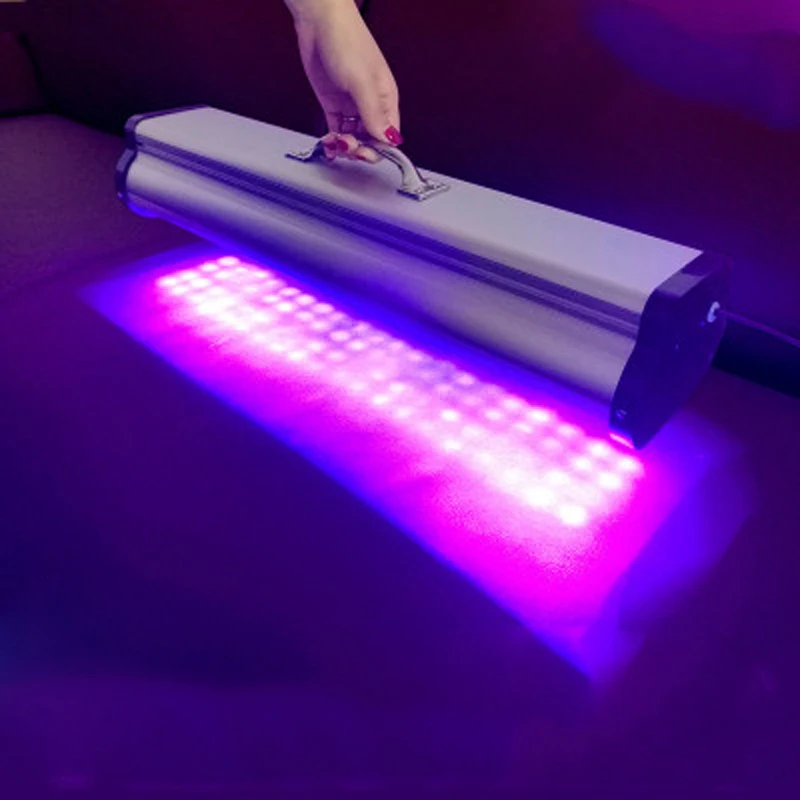
When it comes to light sources, natural sunlight is usually more than enough as a source of UV radiation. However, glass, to some extent, can filter out UV light.
And that, ladies and gentlemen, is a wrap.
So, now you know how a UV camera works, are you tempted to give it a go yourself?
For You
innovation
The "authoritative photographic history" highlights the role of Musk, Bezos, and China in rewriting the rules on space exploration.
Chris Young | 10/11/2022
innovationHow scientists engineered a material that can 'think' and 'sense' — The Blueprint
Alice Cooke| 9/24/2022
innovationA 23-year-old product designer invents a new kind of table that generates electricity
Deena Theresa| 8/19/2022
More Stories
culture
Elon Musk rehires Ligma and Johnson, who never worked there
Stephen Vicinanza| 11/15/2022
science
Astronomers are organizing against the 'unsustainable' Starlink problem
Chris Young| 7/29/2022
innovation
A startup claims to improve ICE engines' torque by 30 percent with a small design change
Ameya Paleja| 11/14/2022
Ofil DayCor ROMpact - Ultraviolet camera for drones and UAVs
Ofil DayCor ROMpact UV camera for drones and UAVs is designed to perform several operations:
- corona search;
- flaw detection;
- detection of radio interference in electrical engineering of the discharge type.
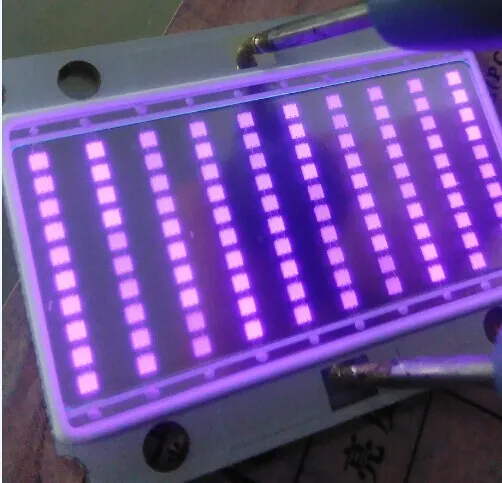
On the basis of Ofil DayCor ROMpact, the buyer has the opportunity to find problem areas in the system and find damage to the electrical insulation, contact groups, to identify the load capacity of the insulation is insufficient in the operating mode. The UV camera is used to control as well as diagnose problematic issues that arise:
- in power lines;
- in transformer stations;
- in distribution equipment;
- in the winding of generators and power plants;
- in nodes that are under high voltage load.
Camera Ofil DayCor ROMpact has a number of competitive advantages:
- light weight, compact dimensions. These advantages are a guarantee that the device can be moved without much difficulty from one workplace to another, it does not take up much free space;
- the presence of many OEM components, so that the camera can be easily adapted to the needs of the customer;
- on the basis of the equipment under consideration, the buyer has the ability to accurately detect the location of the corona source, partial discharges and arc discharge, micro arcs.
 These factors can cause acoustic noise, television interference and radio interference, and damage electrical equipment.
These factors can cause acoustic noise, television interference and radio interference, and damage electrical equipment.
Design features of the model:
- quick inspection kit;
- automatic focusing in the ultraviolet and visible channels;
- digital type video output;
- ultraviolet event counter;
- solar-blind bi-spectral system with remote control.
With the purchase of this product, the user receives an official extended warranty from the manufacturer. In the event that the buyer discovers a manufacturing defect or product breakdown through no fault of his own, the supplier company undertakes to repair the broken product on its own and at its own expense, or provide a new copy.
During the production of the ultraviolet camera, the manufacturer uses only those parts, materials, components that have undergone strict incoming quality control. That is why the complex is designed for a long period of operation. Affordable pricing policy provides a leading position in the market of ultraviolet cameras and makes this equipment available to the vast majority of potential customers.
Affordable pricing policy provides a leading position in the market of ultraviolet cameras and makes this equipment available to the vast majority of potential customers.
The scope of delivery consists of several components:
- UV chambers in the amount of 1 item;
- quality certificate for products, which is printed on a carrier made of paper material, in the amount of 1 item;
user manual for equipment printed on paper material, in the amount of 1 item.
UV germicidal chambers for storing sterile medical instruments
UV chamber is a device that is designed to store sterile medical instruments.
Its main function is to prevent bacteria and microorganisms dangerous to human life from re-entering sterile instruments. In dental clinics, this is especially important, because the instruments come into contact with the blood and saliva of patients.
Ultraviolet cameras are also used in surgical, gynecological departments, beauty salons, etc.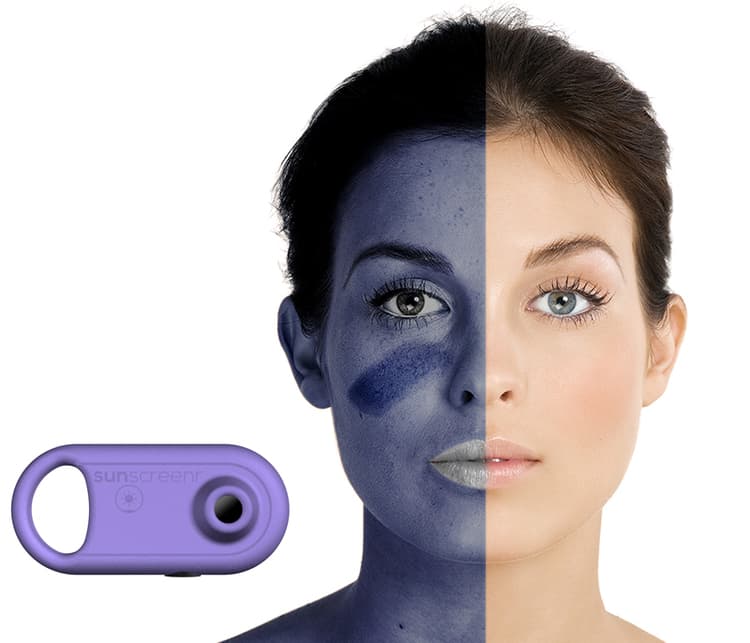
The device does not replace a sterilizer - it does not sterilize objects, but only maintains the required level of their sterility.
The purpose of cameras is to ensure safety
The sterility of instruments, devices and materials in clinics is subject to high demands. After all, patient safety depends on it. It is not enough to sterilize inventory with high quality - it is equally important to maintain a high level of sterility in the future. And only ultraviolet cameras can help with this.
If a dental clinic is not equipped with this device, they put their patients at risk - anyone can become infected after re-infection of bacteria on the surface of the instrument.
Advantages of chambers
Thanks to the chamber, the instruments are always ready for use. At any time, even in the most urgent and unexpected situation, the doctor has access to sterile instruments. And this means that you can quickly help the patient at any time and not waste time on additional sterilization.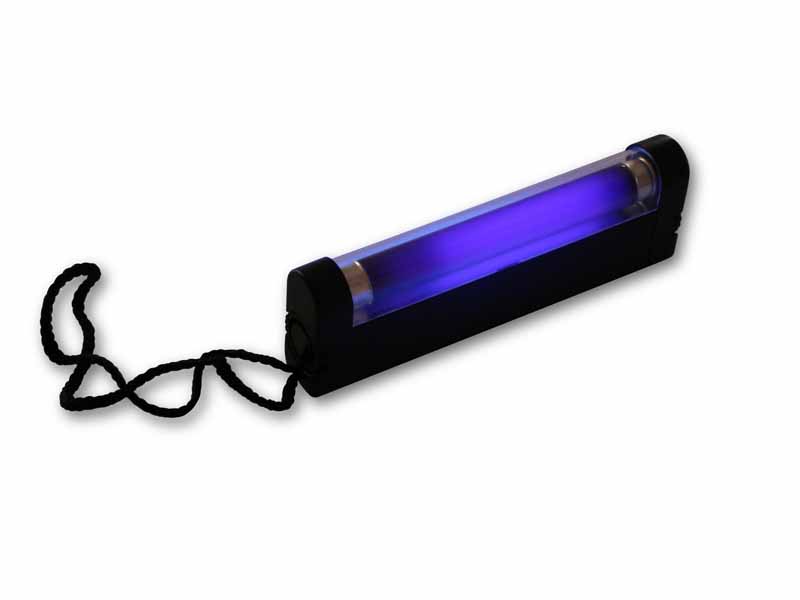
Good UV cameras also have a number of technical advantages:
- Safety. UV radiation does not extend outside the chamber. The personnel who works with the camera, other doctors, patients are not exposed to radiation.
- Automatic operation control. When the lid is opened, the bactericidal lamp turns off by itself, the timer records the time the lamp has worked, and the camera beeps. You do not need to control the operation of the device.
- Indicators. The cameras are equipped with indicator lights that inform about the current processing cycle.
- Ergonomic. Usually the machine can be placed either on a table or on a wall. This way you can save space in a small room.c
This ergonomic model KB-"Ya-FP"-02 "Ultra-Light" is presented in our store. If you need a more massive option, pay attention to the floor model KB-"Ya-FP" "Ultra-Light".
How the camera works
The camera works on the principle of ultraviolet radiation.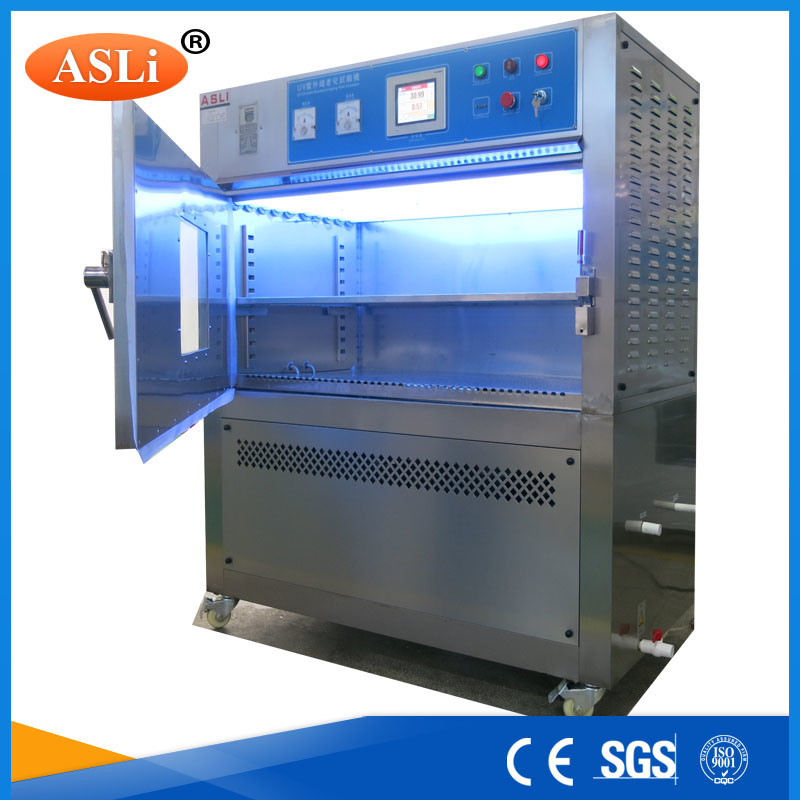 Its source is a germicidal lamp. It can have different power. For example, the model KB-"Ya-FP-02" "Ultra Light" is equipped with a 15W lamp, and the camera KB-"Ya-FP" "Ultra Light" is equipped with a 30W lamp.
Its source is a germicidal lamp. It can have different power. For example, the model KB-"Ya-FP-02" "Ultra Light" is equipped with a 15W lamp, and the camera KB-"Ya-FP" "Ultra Light" is equipped with a 30W lamp.
More than half of all radiation has a wavelength of 253.7 nm - it is this wavelength that kills all germs on the surface of instruments.
All lamps in our shop have these characteristics.
Components
The hardware of the cameras consists of: a housing, a bactericidal ultraviolet lamp, a cover, a metal grill for inventory placement.
Manufacturers equip the devices with a control unit, indicators, a timer, a system of sound signals - they are needed to control the operation of the device, its condition, inform the user about the current inventory processing cycles, malfunctions, malfunctions and the need for repair.
Filters are installed outside the cells to protect people from UV radiation.
Types of cameras
Depending on the installation method and dimensions, there are three types of cameras.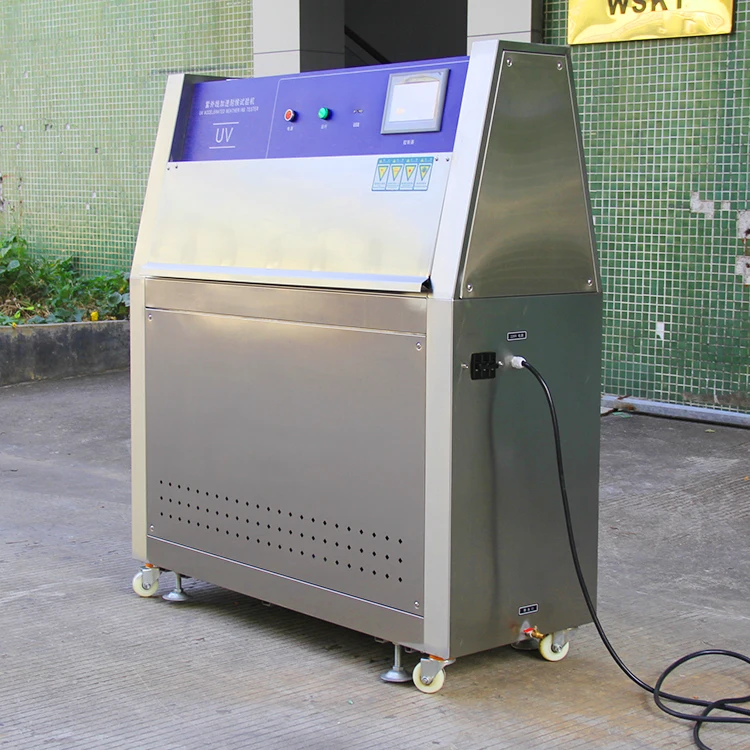
- Floor standing. Differ in large dimensions. But in such a camera you can load 1.5 times more inventory than in other models. This option is suitable for large clinics where a large number of instruments are required. If this option suits you, take a closer look at the KB-"I-FP" "Ultra-Light" model.
- Tabletop. This camera can be placed on a table or attached to a wall. It is suitable for a small clinic or office. If this is your case, pay attention to the camera KB-"Ya-FP-02" "Ultra-Light".
- Dental table. This is an ergonomic model that perfectly optimizes space. In our shop the Stomel model is presented. This is at the same time a doctor's workplace, a place to store the necessary equipment and materials, as well as sterile instruments. The table is equipped with a bactericidal lamp, which maintains the absolute sterility of items in the drawers.
The table is perfect for the dental office.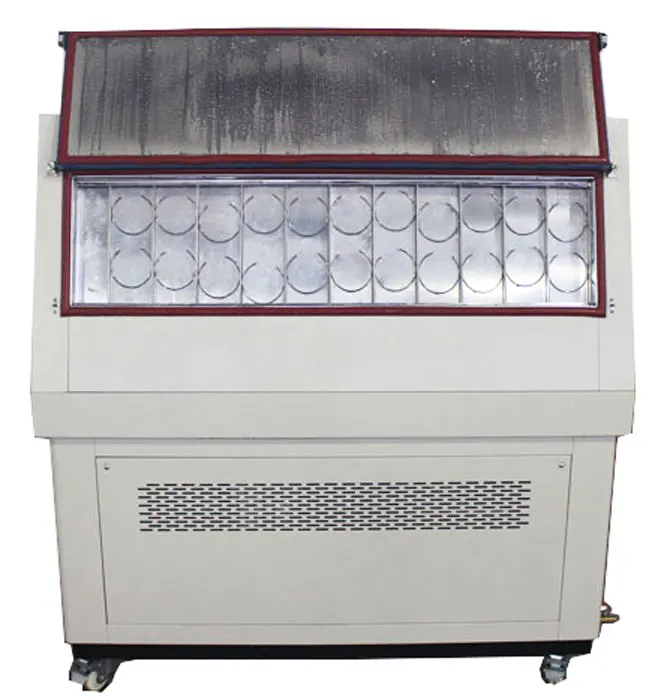
Device Selection Guide
Only a chamber from a trusted manufacturer meets all standards and requirements for instrument sterility.
A good camera is versatile, comfortable to use and easy to maintain. Also, in such a chamber, tools are not only always ready for use, but it is also convenient to get them out.
Now we will tell you what nuances to pay attention to when choosing:
- Material of which the camera body is made. We offer chambers made of stainless steel - they are not afraid of corrosion, they will last a long time. This is the best material for making cameras.
- Door. It is better if it is made of tempered glass. This material is transparent, so all the tools are visible and you can immediately take the right one. At the same time, tempered glass reliably protects against ultraviolet radiation. The chambers that we offer are equipped with such doors.
- Volume.
